A stone labyrinth, sacrifice place and an old Viking age grave in Ostrobotnia.

Finding a labyrinth
Some time ago I heard a story about old sacrifice place near by the border between Perälä and Närpes from old baker master Wilho Syväluoma (from Kristinestad). He said that he used to play at that hill when he was young and his father advised not to move or take any of the stones from there…..
He said that every year, beginning of summer (around the summer solstice), some flowers were placed there in the middle of that stone labyrinth. No one knows who does that and why (except the person who does it… of course).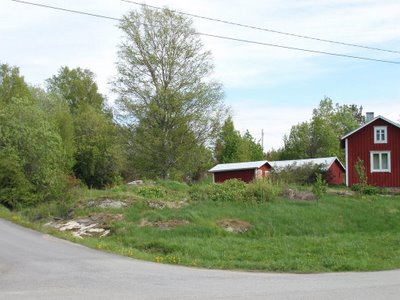
I got a description where this stone circle should be including the name of the place etc. I had a bit free time last Monday evening and I decided to try find that place. I met Rolf Steen alias Kypros in Kristinestad just before I started my conquest (which turned to be really handy) and I took him with me (the man that I am filming a documentary).
First we drove to Myrkky (direct translation = poison) village’ pub, in Swedish Mörtmark ( meaning according local linguistic analyze: a fish area; "Roach area" [Roach = Rutilus rutilus], in swedish Mört(mark) and in finnish "Särki(lä)" - http://filaman.ifm-geomar.de/Summary/SpeciesSummary.php?id=272 ), where we were probing local farmers about this stone circle thing. The local farmers were quite drunk and talkative and extremely nice because they recognized “Kypros” and the table was laid for us for any possible information what was available from them. We learned soon after some beers that they haven’t heard about the stone labyrinth at all but they knew were Svartliden and Matberget are located where the stone thingi should be.
We went where we were advised and we found a sand making / stone splitting factory area after driving fifteen minutes where were some men working. We asked from a helpful man if he had heard about it and he directed us to right lead only few kilometers back.
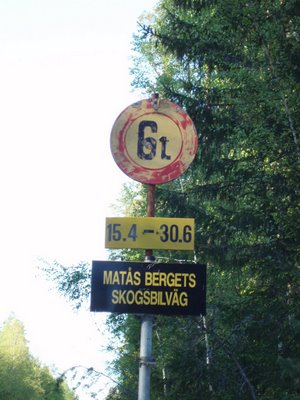
We went to forest road with eagerness in our hearts. After driving awhile we saw few cars parked by the road where a sign: Raststuga (resting hut) and we decided to go ask more advices. The hut was only half a kilometer away from the road and we heard sounds of hammering and talking in Närpes dialect (finnish-swedish dialect, even Swedish cannot understand that, it sounds like Icelandic spoken by old Icelanders). With Rolf’s Närpeska skills we got more accurate coordinates and a phone number to a person which would know exactly where the stone labyrinth should be located, actually he told that there should be two of those.
After driving for half an hour around we went to check one hill top where the stone formation should be but we couldn’t find any for our disappointment. We decided to come back later after doing more research on the location, maybe even take a guide with us or have an accurate map.
Wikipedia on this subject says:
Several similar classical-type labyrinths in Scandinavia have names such as Trojaborg, Trojaburg, Trojborg, "Tröborg" and Trojienborg, which can all be translated as "City of Troy". (The place-name Trelleborg, which means "ring fort", has also been linked with labyrinths.) There were once many hundreds, perhaps even thousands, of these labyrinths throughout Scandinavia, especially in Sweden, and many of them still survive, particularly in remote areas. Their paths are outlined with stones (unlike the turf-cut mazes of England, and those which formerly existed in Denmark). Stone-lined labyrinths such as these have proved slightly easier to date than turf mazes (which have to be cleaned out regularly to keep their paths clear, thus destroying any archaeological evidence). The stone labyrinths around the Baltic coast have been dated to between the 13th century and modern times, with a peak in the 16th and 17th centuries.
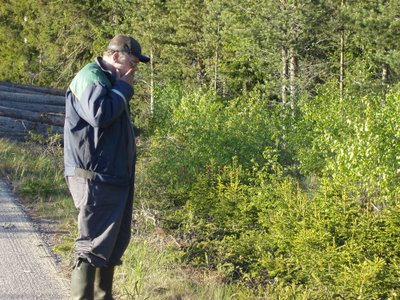
Graves on our way back
On our way back to Kristinestad we drove by old Kristinestad road where we stopped to find old “Viking era” graves. Between Kristinestad county and Närpes there is more than 110 ancient burial cites also structures of old settlements (similar than in Iceland for example), finnish heritage office is doing update of these cites at the moment.
The first grave:



(it has some vegetation ont he top, it is not easy to see the structure)
The second grave: (much better to see the structure)
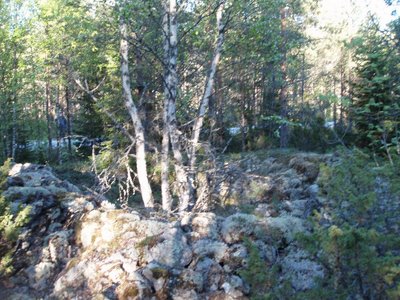
When they buried people at old times the placed the body and some belongings on a wooden box, which were placed in middle and then stones were carried on sides and top of it. During the time the wooden box got rotten or weak and disappeared, therefore these graves are as shape of a crater or circle.
The outcome of our conquest was fine, we found two graves but our main target, the stone Labyrinth still remains to be found. Meanwhile, till the labyrinth will be discovered we keep our inner “Indiana Jones“ alive and continue our daily lives as before. But I promise we will be back and nothing will stop us when the hidden / heathen history of Ostrobotnia is waiting to be relieved.
Till then, take good care of yourselves and may the Force be with you!!!
See also:
The Labyrinth in India, Pakistan, Nepal & Sri Lanka: http://www.labyrinthos.net/indialabs.htm
Foreign and home-produced artefacts found from graves in Finland: http://virtual.finland.fi/netcomm/news/showarticle.asp?intNWSAID=25924

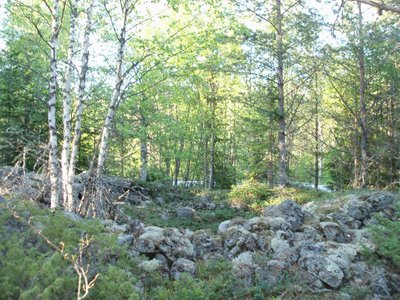
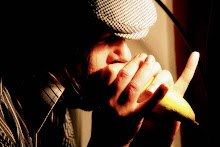

0 Comments:
Post a Comment
<< Home